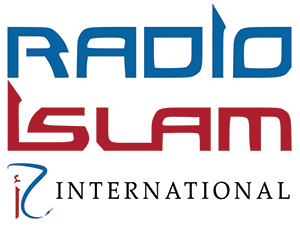13 August 2025 | 11:11 CAT
1-minute read

Echoes in the Dust: Gaza’s Press Silenced Amid War
In the battered streets of Gaza, journalists like Anas al-Sharif have become both witnesses and casualties of one of the deadliest campaigns in history against the press.
In the days following Israel’s devastating airstrike near al-Shifa hospital that claimed the lives of esteemed Al Jazeera correspondent Anas al-Sharif along with several colleagues, the broader international community has been reeling at the catastrophic scale of journalist casualties in Gaza’s conflict.
As Hafidh Ibrahim Deen highlighted during this week’s Media Lens, the Israel’s genocidal war has tragically transformed Gaza into the world’s most lethal zone for journalists.
“When truth becomes a target, the world has to rise to protect those who risk everything to tell it,” Deen said.
On the night of August 10–11, 2025, an Israeli airstrike hit a media tent near al-Shifa Hospital, killing Anas al-Sharif and several colleagues. Israel acknowledged targeting al-Sharif, alleging he belonged to Hamas—a claim rejected by Al Jazeera and independent observers.
The loss pushed the death toll of journalists in Gaza well past 180, with some counts exceeding 240, making it the deadliest conflict for media workers since at least 1992.
These killings are not isolated: across nearly 22 months of conflict, over 270 journalists and media workers have been murdered—surpassing all combined casualties from historical conflicts, including both world wars and Yugoslavia.
Press freedom organisations have denounced these losses as part of a systematic campaign to “wipe out the witnesses.” Reporters Without Borders has filed complaints with the International Criminal Court, asserting that the targeted killings of journalists are war crimes.
Inside Gaza, the absence of international journalists—due to Israeli bans—has intensified reliance on local reporters, who carry the burden of documenting atrocities amid unimaginable personal risk. As the Committee to Protect Journalists (CPJ) warns, these reporters “face immense danger, starvation, and emotional trauma, yet persist in documenting the war.”
Listen to the Media Lens on Sabaahul Muslim with Muallimah Annisa Essack.








0 Comments